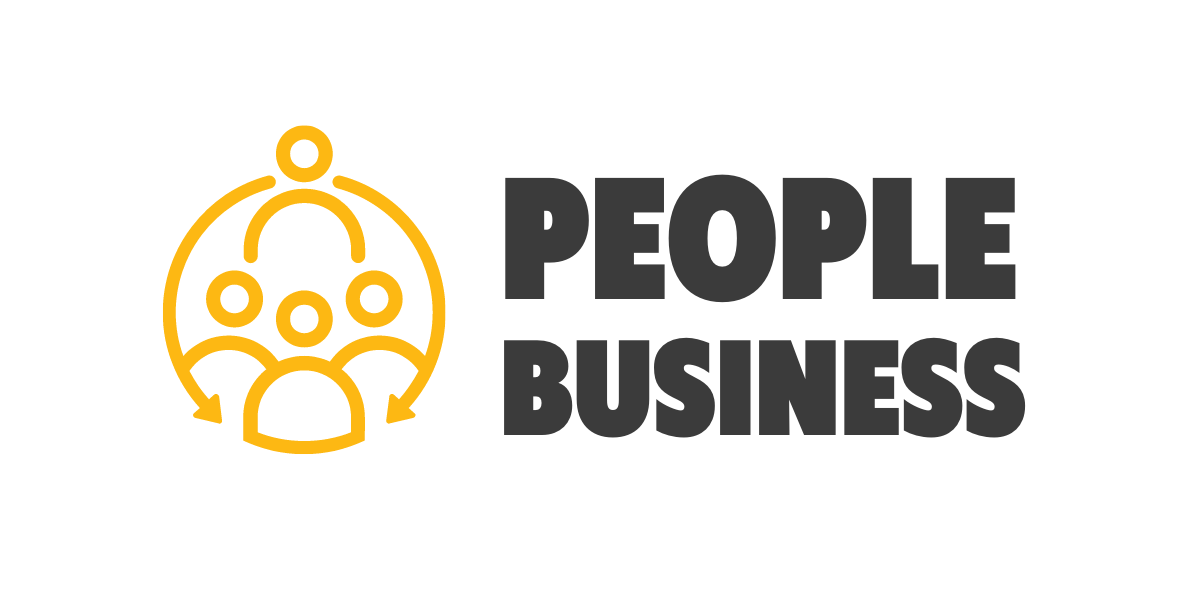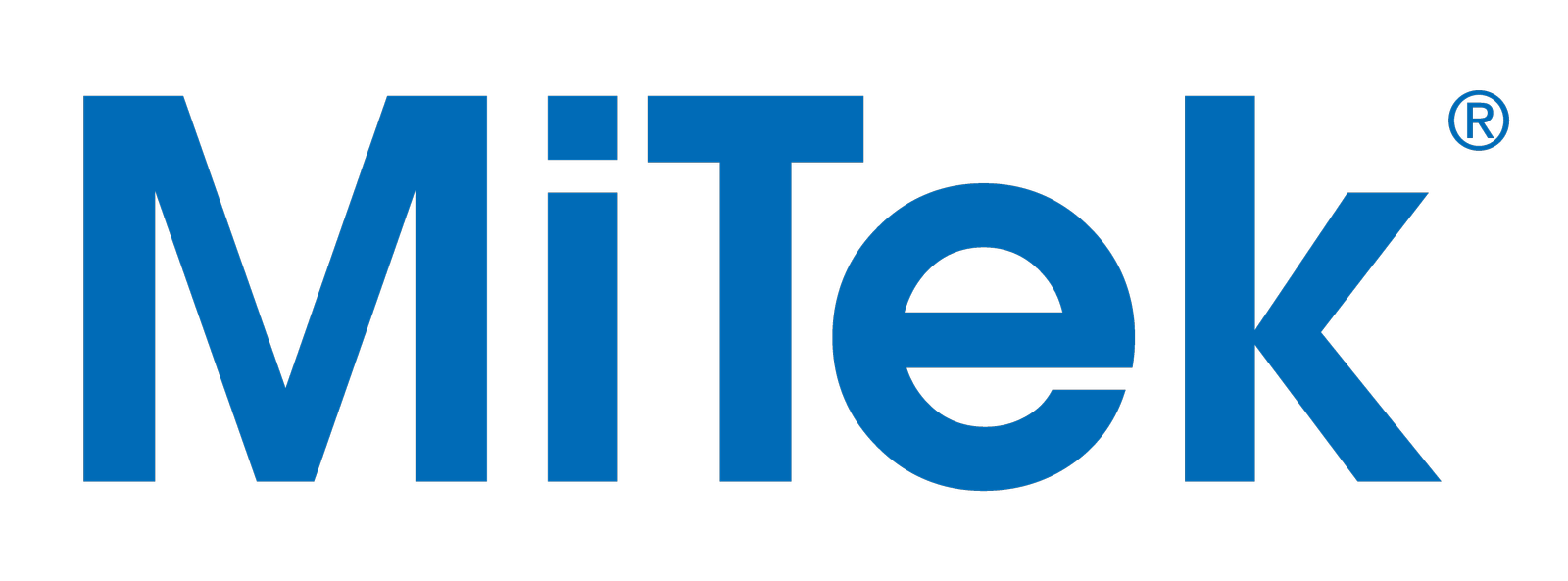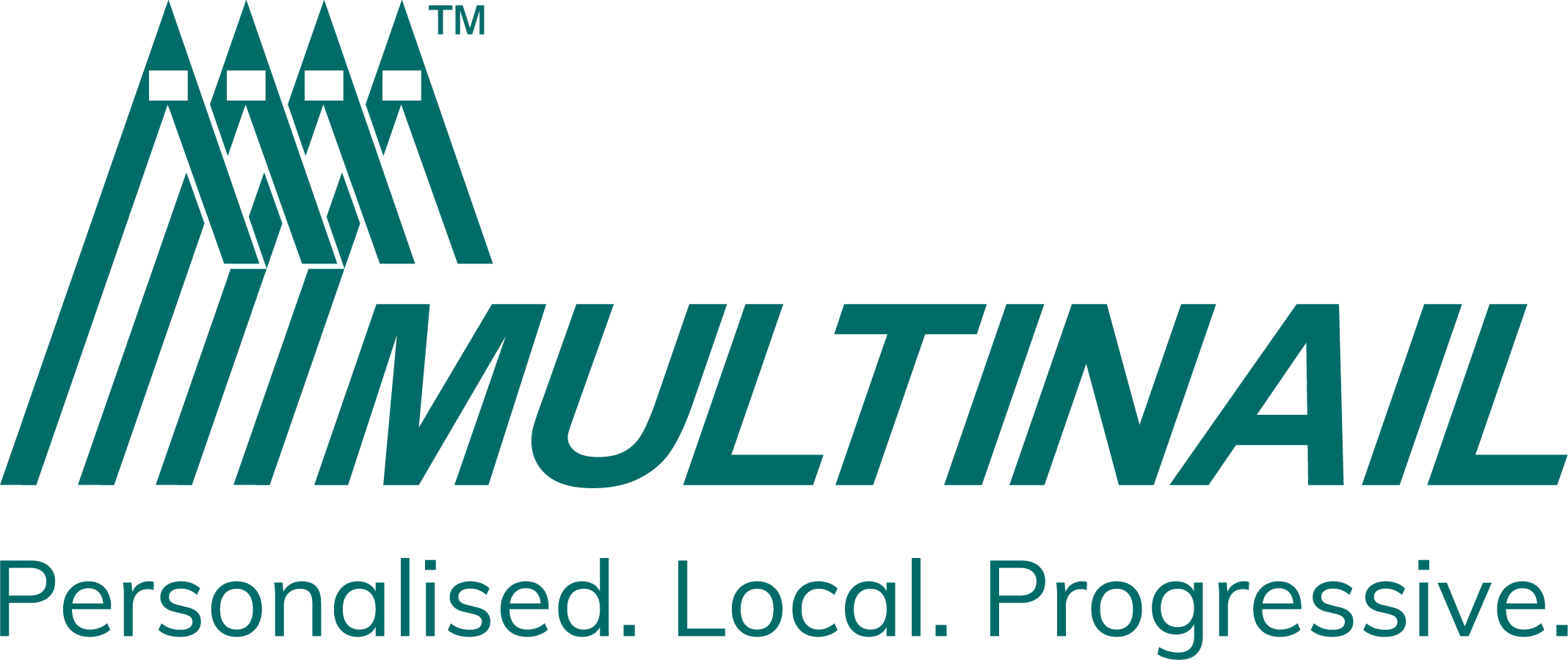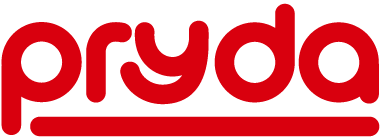
People Business is a column focusing on HR, IR and WHS issues. This piece was written and provided by Peter Maguire, owner and practice leader of Ridgeline HR.
Around Australia, State Governments are legislating positive duties on PCBUs (People Controlling Business Units) to eliminate or control psychosocial hazards from workplaces.
In essence, the positive duty means that PCBUs must:
- Conduct risk assessments to identify any psychosocial hazards in their workplaces
- Analyse the risks to understand causes, potential impacts, whether and, if so, how, they can be eliminated and, if not, how they can be controlled
- Act by eliminating the hazard or Implementing the most effective control measure to minimise the risks
- Continuously monitoring the workplace to ensure that the control measures remain effective over time.
This represents a substantial step up in compliance obligations for business owners, employers and managers and we are dedicating the next few of our People Business blogs to the subject because of the complexity and the importance of psychosocial hazards and the related positive duty.
What are psychosocial hazards?
Last year, Safe Work Australia published a Model Code for Managing Psychosocial Hazards at Work which defines psychosocial hazards as hazards that:
- arise from or in relation to:
- the design or management of work
- the working environment
- plant at a workplace, or
- workplace interactions or behaviours; and
- may cause psychological and physical harm.
That Model Code identifies 14 categories of psychosocial hazard as follows:
- Job demands
- Low job control
- Poor support
- Lack of role clarity
- Poor organisational change management
- Inadequate reward and recognition
- Poor organisational justice
- Traumatic events or material
- Remote or isolated work
- Poor physical environment
- Violence and aggression
- Bullying
- Harassment, including sexual harassment
- Conflict or poor workplace relationships and interactions
While there may be some differences in the approach taken by each State or Territory both in content and timelines, the Model Code provides a useful basis for assessing what these psychosocial hazards entail and the sorts of things that you need to consider. Of course, you should still find out what the status is in your State or Territory and what you are specifically required to do under your State of Territory’s rules.
We will cover the first couple of these in this article by explaining what the hazard means and some questions that you can ask to help identify any that might exist in your workplace. We will progressively deal with the rest in the next few editions of People Business.
Here we go!
Hazard #1: Job demands
This hazard involves:
- sustained or intense high levels of physical, mental or emotional effort which are unreasonable or chronically exceed workers’ skills or
- sustained low levels of physical, mental or emotional effort
Some questions to ask: does anyone:
- Have long, irregular or unpredictable working hours and/or insufficient breaks and/or not enough recovery time between work periods?
- Not take time off and maybe have an excessive annual leave balance?
- Struggle to cope with the volume or complexity or timelines for work or the concentration required or juggling competing priorities or the ramifications of getting something wrong?
- Have to deal with distressing situations or managing others’ emotions or having to suppress emotions or providing empathy and support?
- Have low demands because they don’t have enough to do or they have to wait on others or resources to perform their tasks or because they are performing monotonous or repetitive tasks or because they are doing work that is too easy for someone of their abilities?
Hazard #2: Low job control
According to the Model Code, this hazard is about having little or no control over the work or aspects of work including how and when the job is done. We would add “where” given the issues that are persisting post-COVID lockdowns around people wanting to work from home.
Some questions to ask:
- Do you have managers who micromanage their people and don’t give them the latitude to make decisions themselves?
- Do people have a real say in how their work is done or organised and how changes are implemented?
- Are work processes so regimented and regulated that people do not have the opportunity to adapt them in line with circumstances and their skills and abilities?
- Is the speed, timing and intensity of work regulated by process or machines that do not allow for people to influence how or when they work or take breaks?
- Are workers in roles where they cannot avoid dealing with conflict or aggression or abuse or where they are otherwise working in uncomfortable physical environments?
The importance of consultation
PCBUs and employers have multiple statutory obligations to consult workers on the introduction of change. For example, workplace health and safety laws and regulations, modern awards and enterprise agreements all have consultation provisions that are legally binding.
The Model Code sets out the consultation obligations as follows:
“At each step of the risk management process, you must consult workers who are, or are likely to be, directly affected by a work health and safety matter….”
It provides the following examples of changes affecting work health and safety:
- new policies, procedures and systems of work
- organisational restructures, changes to staffing levels, new reporting arrangements and work locations
- changes to tasks, workload, duties and working arrangements including rosters
- new technology, plant, equipment, substances, structures and production processes
- the redesign of existing workplaces
- changes to the way information, training, instruction and supervision are provided.
Business owners/employers need to be proactive and should consider establishing a Workplace Consultative Committee as a way of engaging people in consultation and communication and risk management for the business and themselves. This also helps to demonstrate compliance with the consultation requirements.
Disclaimer
This article has been prepared to provide as accurate a picture as possible based on information that is currently available pending implementation of the legislative changes. It does not constitute legal or professional advice and should not be relied upon in that regard.
About the author
Peter Maguire is the owner and practice leader of Ridgeline HR, an award winning HRM consulting practice which has been operating since 2000. Peter is an acknowledged expert in workplace relations and also a high performance leadership coach with over 40 years of experience in HRM. Ridgeline HR’s byline is “Helping PEOPLE in BUSINESS with PEOPLE BUSINESS”.
Our Principal Partners



